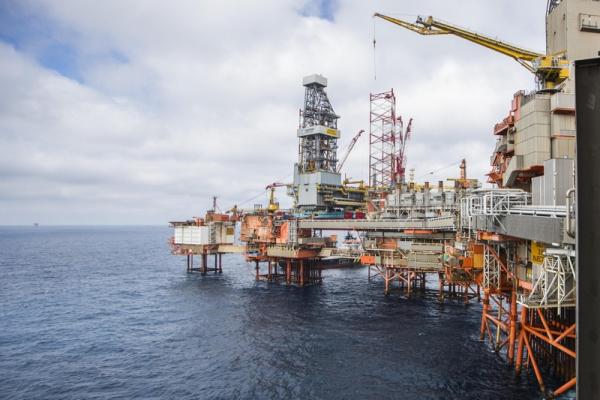Quiver Quantitative - In a move that underscores the ongoing consolidation wave sweeping through the energy sector, Diamondback Energy (NASDAQ:FANG) and Endeavor Energy Resources have announced a merger that is set to create an oil-and-gas colossus valued at over $50 billion. This merger, fueled by higher oil prices and a strategic push for prime acreage, marks a significant shift in the landscape of the energy industry, particularly within the Permian Basin, the heart of U.S. oil production.
Market Overview: -The Permian Basin, a prolific oil patch spanning West Texas and New Mexico, has witnessed a flurry of consolidation activities, with Diamondback and Endeavor's merger being the latest and one of the most significant. -The stock-and-cash deal, which values -Endeavor at around $26 billion, positions the combined entity as a formidable force in the industry. -Diamondback, which went public in 2012, has seen exponential growth in crude production, thanks in part to strategic acquisitions. -The merger with Endeavor not only cements its status as a top-tier player in the Permian but also significantly boosts its crude production capacity, potentially surpassing 400,000 barrels per day. -This merger is part of a broader trend of robust deal-making in the U.S. energy sector, spurred by major transactions by industry giants like Exxon Mobil (NYSE:XOM) and Chevron (NYSE:CVX). -Despite challenges posed by pricier debt and a tighter regulatory environment, the sector is gearing up for an active 2024 as companies leverage their cash reserves amid expectations of declining interest rates.
Key Points: -The combined prowess of Diamondback and Endeavor in the Permian Basin cannot be overstated. -With nearly as much acreage as ConocoPhillips (NYSE:COP) and a production output that rivals the biggest names in the industry, the merger solidifies a new powerhouse in U.S. oil production. -Autry Stephens, the founder of Endeavor, is a pivotal figure in this narrative. His journey from drilling his first well in 1979 to establishing one of the most coveted land positions in the oil and gas sector is a testament to his vision and tenacity. -Endeavor's vast inventory of top-tier oil acreage and its status as one of the region's most active producers played a crucial role in the merger. -The merger is reflective of a strategic shift within the energy sector, where companies are increasingly looking to consolidate to navigate the challenges of declining oil-well productivity and to capitalize on the opportunities presented by higher oil prices and technological advancements.
Key Points: -The Diamondback-Endeavor merger is likely to have far-reaching implications for the energy sector, setting the stage for further consolidation and strategic realignments. -As the industry adapts to the evolving economic and environmental landscape, the role of such mega-mergers in driving efficiency and innovation will be closely watched. -The success of this merger could inspire similar moves by other players in the sector, potentially leading to a more concentrated market with a few large entities dominating the U.S. oil production scene. -Beyond the immediate financial and operational synergies, the merger raises questions about the future of energy production in the U.S. and globally. -As companies strive for greater scale and efficiency, the impact on sustainability, regulatory compliance, and technological innovation will be key areas of focus.
The announcement of Diamondback Energy's merger with Endeavor Energy Resources heralds a new era for the U.S. energy sector, promising to reshape not just the competitive dynamics within the Permian Basin but also the broader narrative around oil and gas production in America. As the industry navigates the complexities of growth, sustainability, and geopolitical tensions, the evolution of this newly formed behemoth will offer valuable insights into the future of energy.
This article was originally published on Quiver Quantitative
